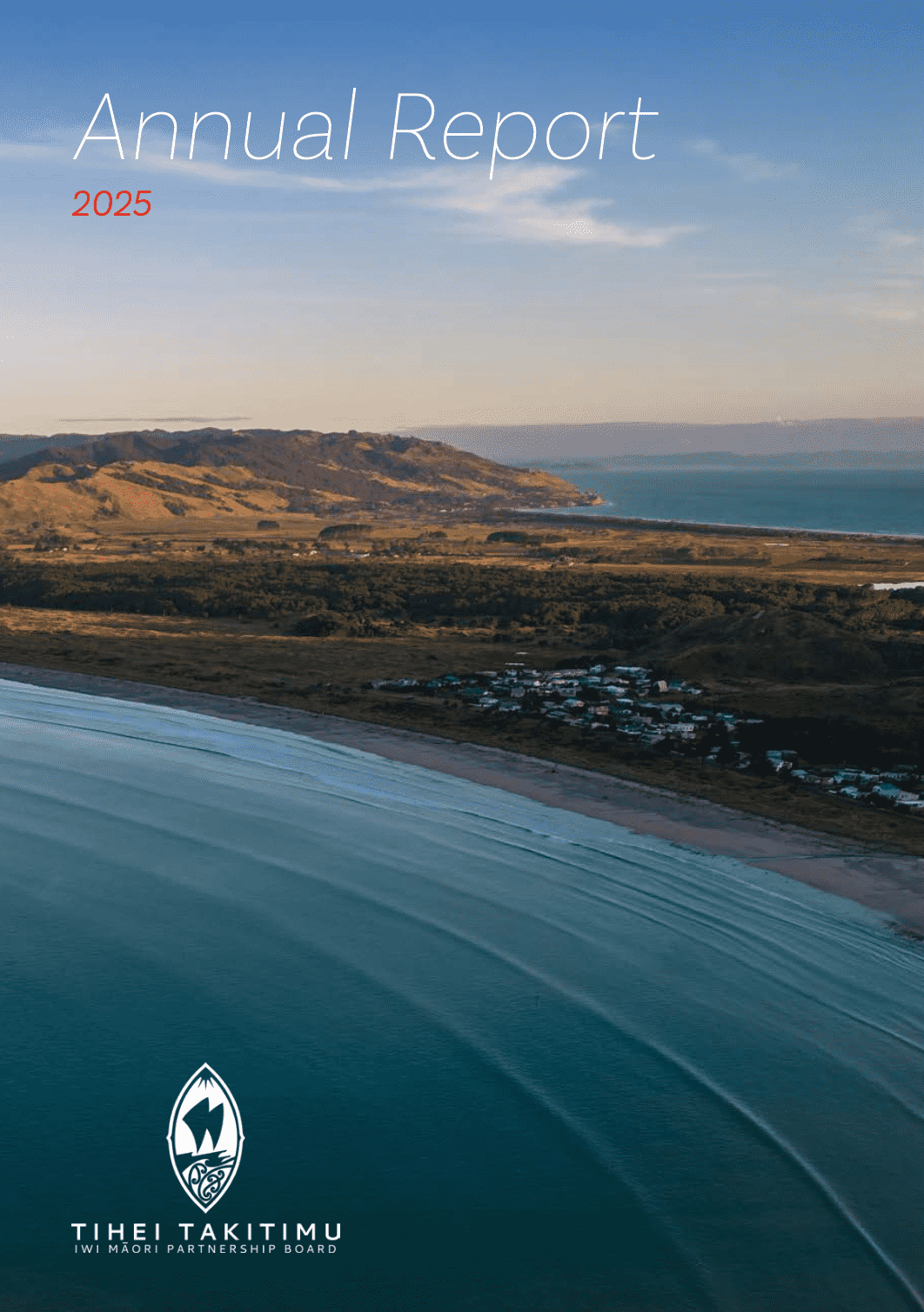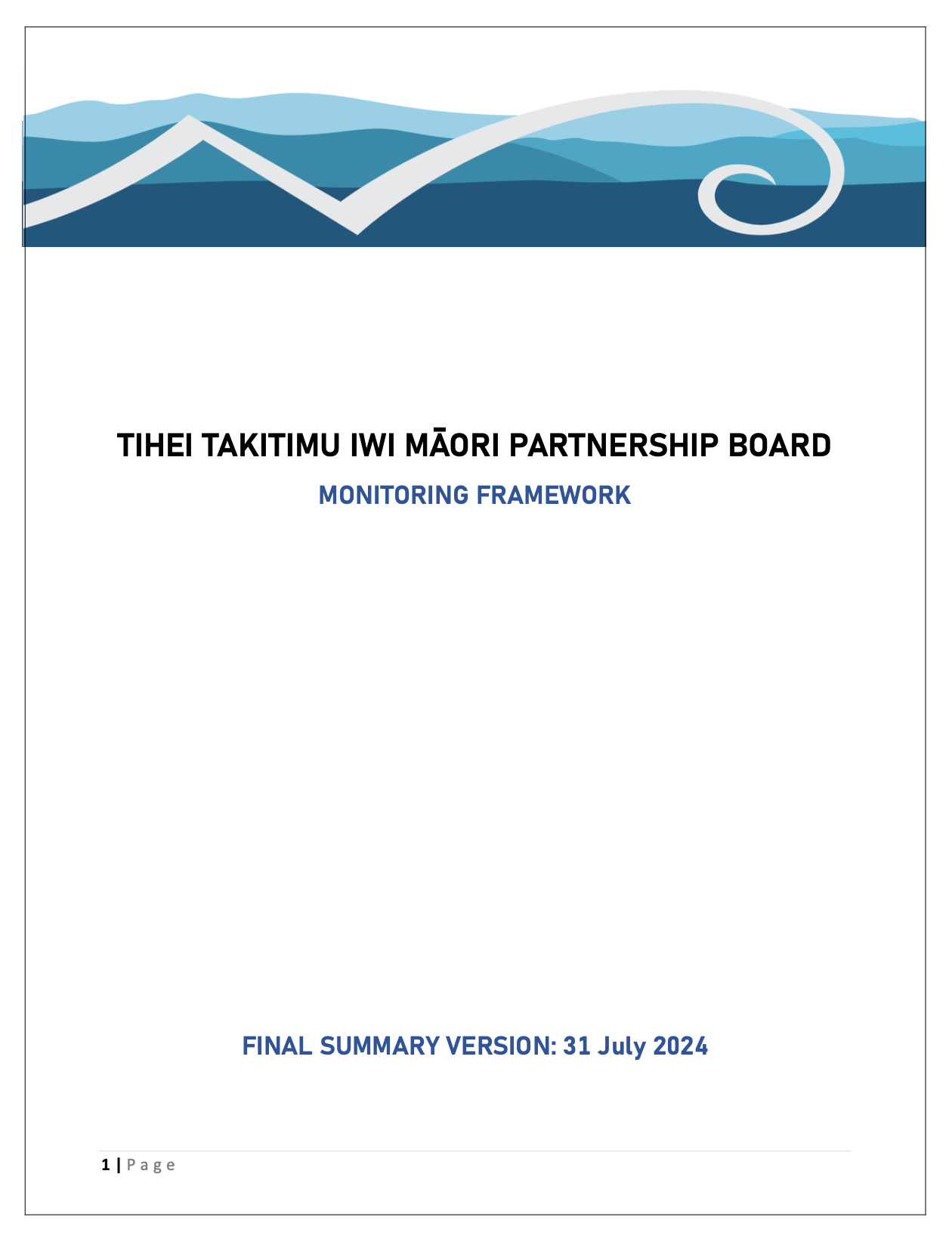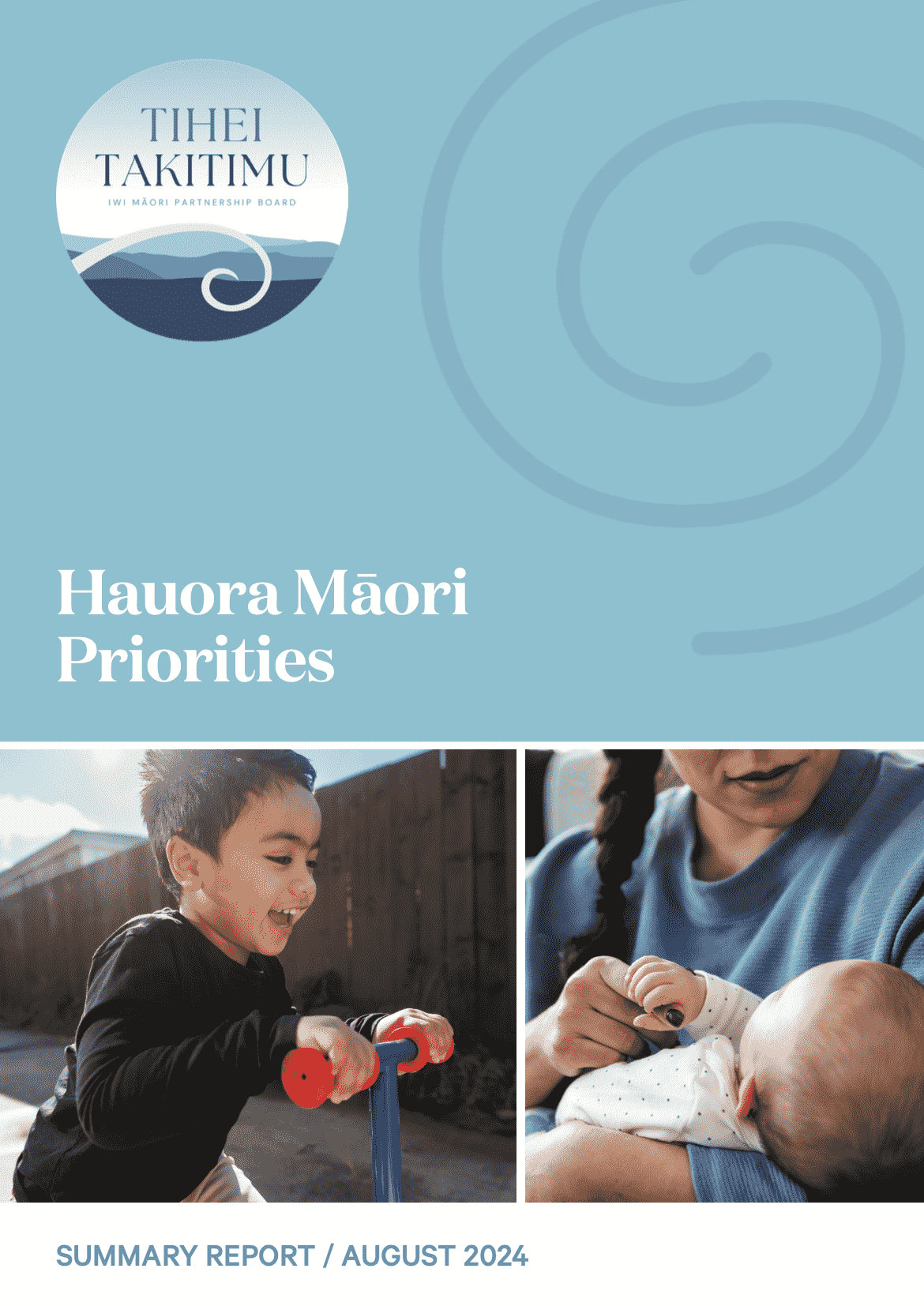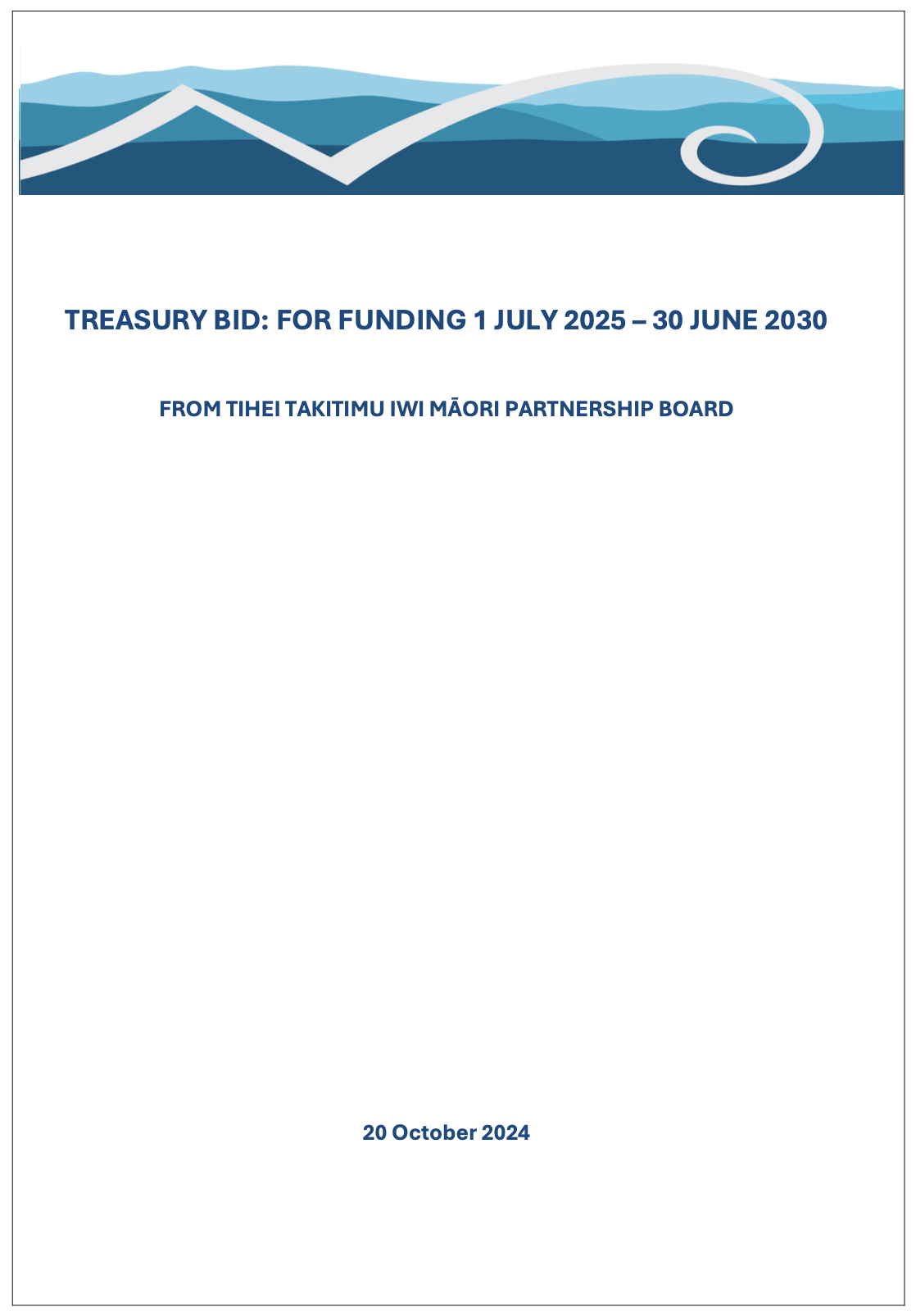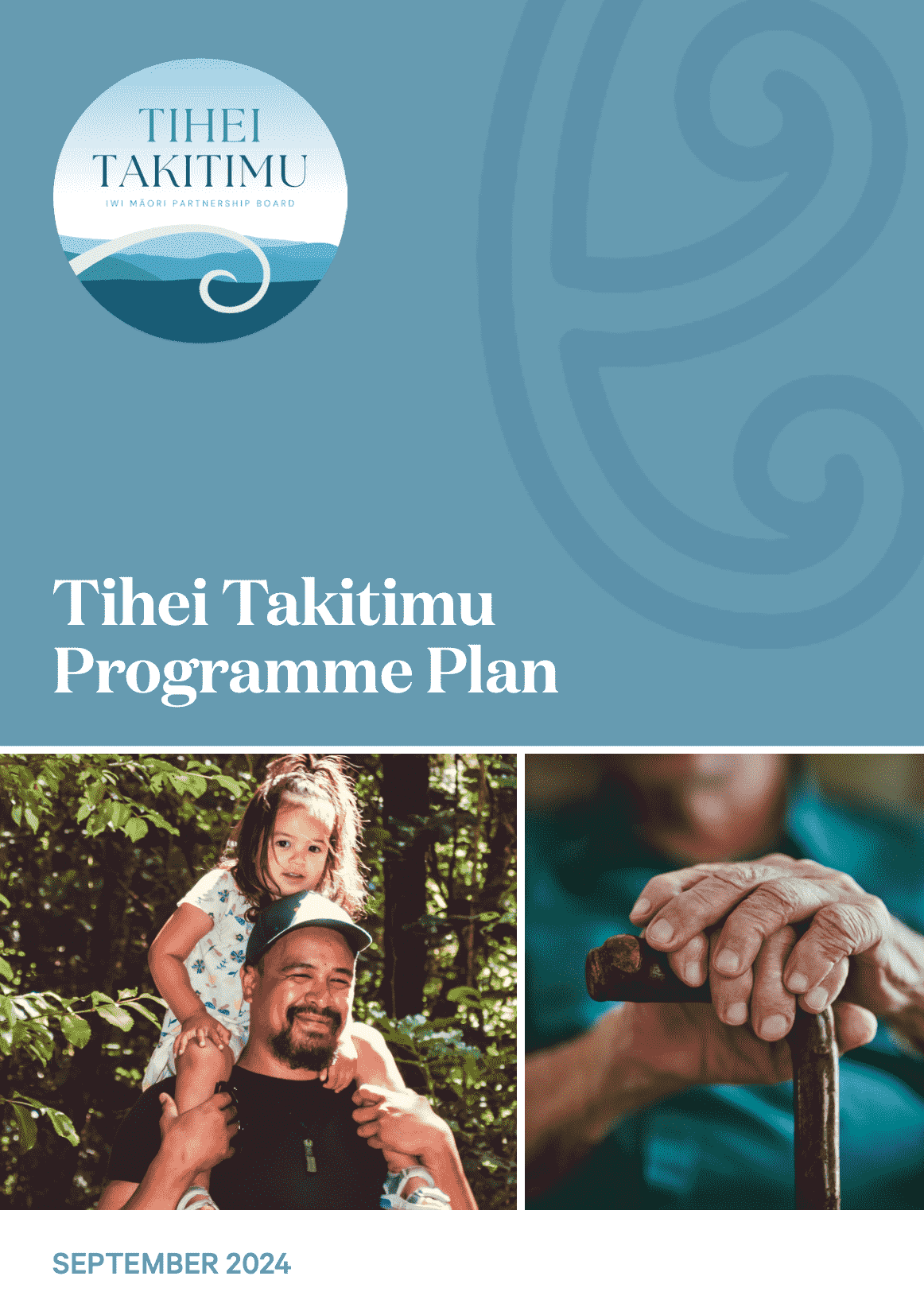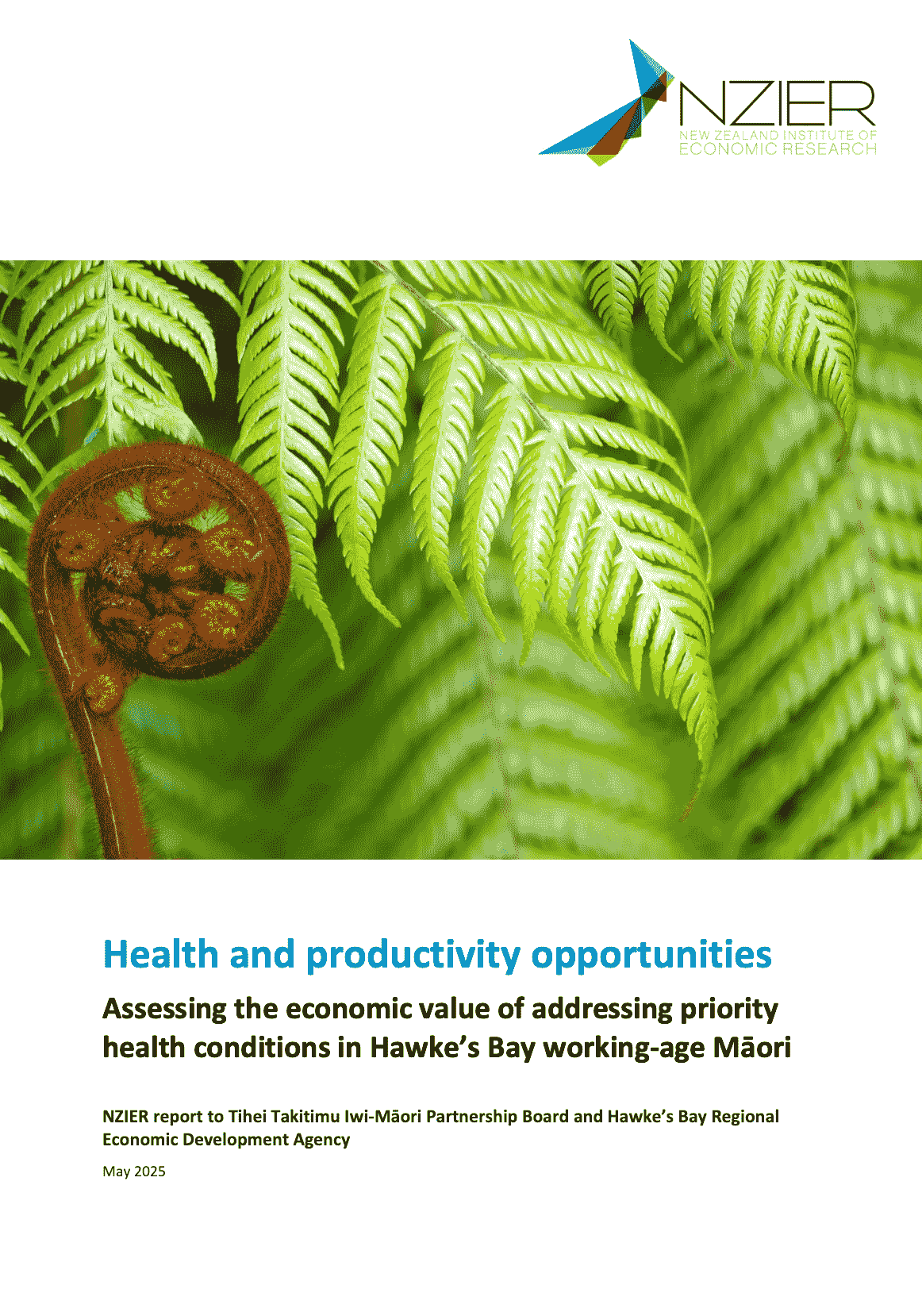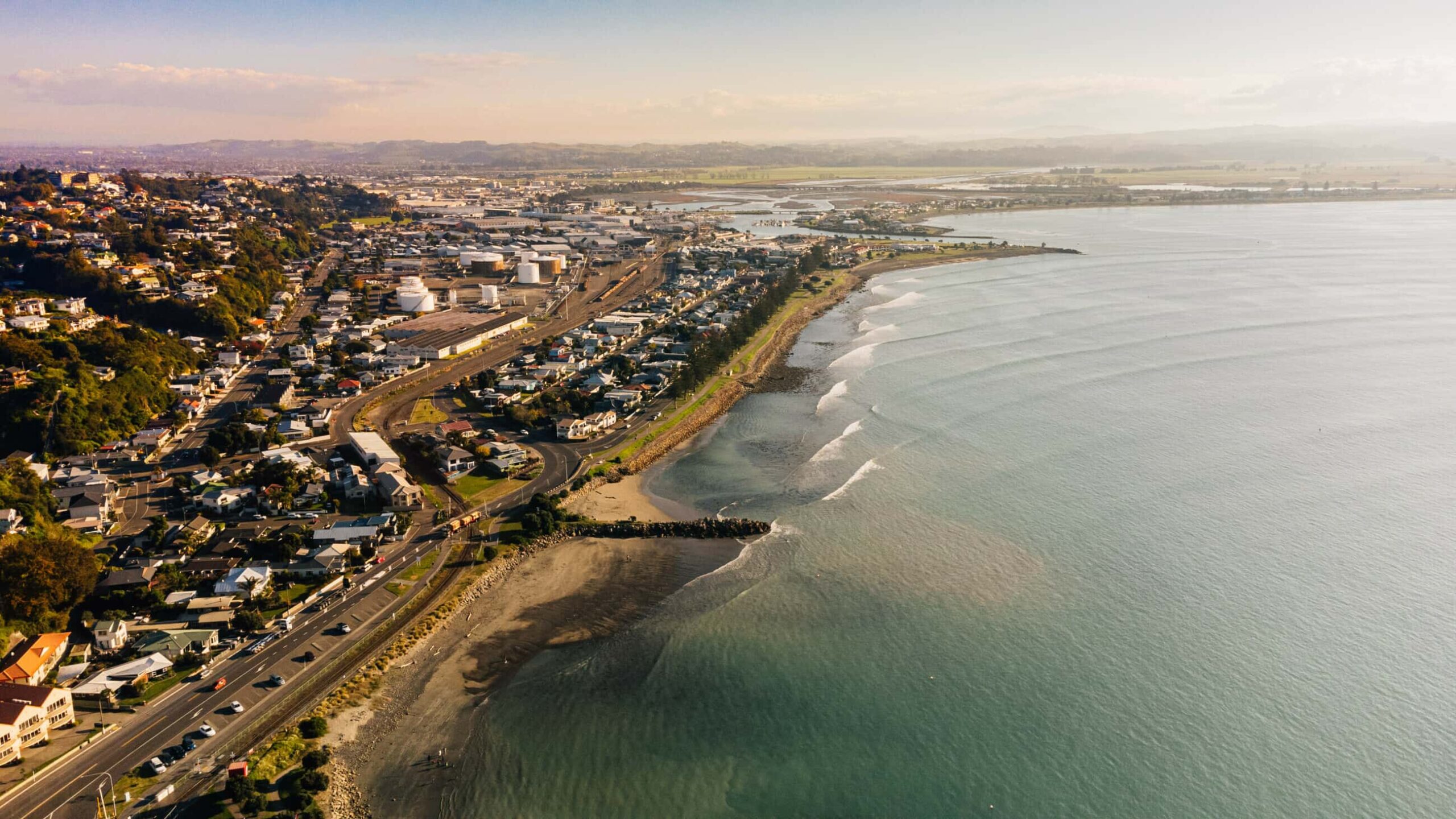Opinion by Kerri Nuku & Lewis Ratapu
Hawkes Bay Today | 13 Nov, 2025 06:00 AM
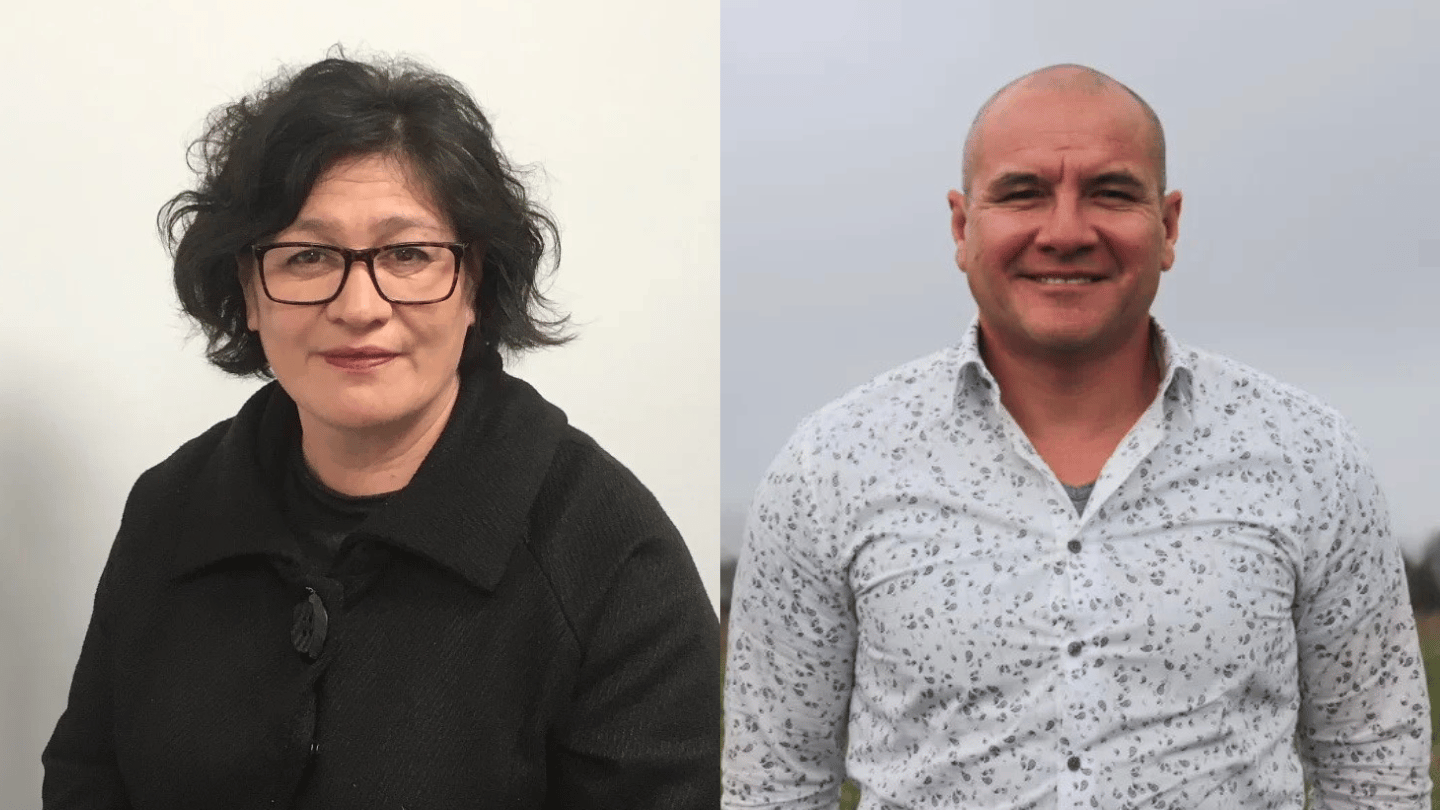
Kerri Nuku and Lewis Ratapu are co-chairs of the Tihei Takitimu Iwi-Māori Partnership Board.
We need to talk about what’s really holding back Hawke’s Bay, and it’s about the health of our people.
We know that healthy whānau (families) are the backbone of a strong region.
And our recent study, conducted in partnership with the Hawke’s Bay Regional Economic Development Agency (HBREDA) and NZIER, confirms a stark reality: when working-age Māori can’t access the care they need, our entire regional economy suffers.
This systemic inequity is costing our region a staggering $122 million in lost productivity every year, equivalent to over 1800 healthy workers being absent from our workforce annually.
This human and economic loss is concentrated in health conditions that primary care can and should prevent. Mental illness is the greatest burden, followed by cardiovascular disease and cancer. Most tragically, over 90% of this lost productivity – around $114.1m – stems from premature mortality. Our whānau are dying too early, largely because of systemic access gaps.
Key barriers include inflexible working hours in primary industries, preventing working-age Māori from attending routine appointments, and significantly lower screening coverage across all major cancers.
This low engagement with preventative care drives higher rates of acute hospitalisations and Emergency Department visits.
This evidence demands a fundamental “programme reset”: we must urgently shift investment to early-stage prevention and culturally-responsive care, particularly for mental illness in young people and chronic conditions in older workers.
The magnitude of this challenge cannot be met by working in silos. That’s why our strategy is built on the Māori principle of kotahitanga: unity, togetherness, and collective action. Kotahitanga means operating with one heart and one mind to achieve the shared vision of Pae Ora – healthy futures for all. It requires us to move past contractual boundaries and build authentic, trust-based partnerships where every sector is an invested partner in a unified effort.
We are humbled by the commitment of our collaborators. This collective includes our Hauora Māori providers, who are the trusted core delivering culturally safe, holistic care grounded in mātauranga Māori; local employers and business leaders, who are exploring workplace flexibility and worksite health service delivery; Post-Settlement Governance Entities (PSGEs) and iwi, who provide the strategic leadership for generations; and health leaders (Te Whatu Ora, PHOs), who are vital for shifting funding models and ensuring system accountability for whānau outcomes.
Translating vision to action
A highly successful cross-sector workshop resulted in 23 leaders from iwi, employers and health organisations agreeing on four distinct priority initiatives to develop and pilot:
Multidisciplinary Outreach Health Service: A collaborative, mobile health service delivering care directly to whānau at large employers and PSGE sites, offering “alternative access” for those with rigid working hours.
Health Promotion and Education Campaign: A localised campaign using trusted local faces and lived experience to drive early access, prevention, and activate health screening.
Whānau-led Innovation Platform: A mechanism for solutions to come directly from our people, functioning as a development platform where whānau can “hack a solution”, pitch it in a “Kina Den”, and secure partner funding for a trial.
Kahungunu Health Insurance: A long-term initiative to deliver a tikanga-based, hapū-driven health insurance programme, aiming to provide accessible, affordable coverage, including mental health and rongoā Māori (traditional Māori healing).
The $122m is not a cost we have to bear; it’s an asset we have the power to unlock through kotahitanga. By investing in these collaborative, whānau-led models, we’re not just investing in Māori health; we’re investing in the economic stability and social future of Hawke’s Bay for everyone. We look forward to your continued support as we work, in unity, to ensure Pae Ora is not just an aspiration, but the reality for every whānau in our region.
This is the work of a generation, and it has only just begun.



